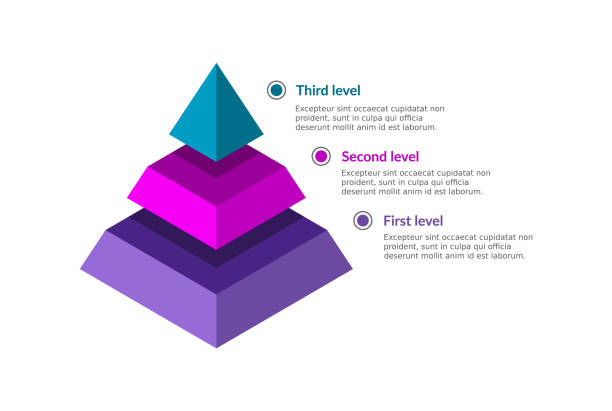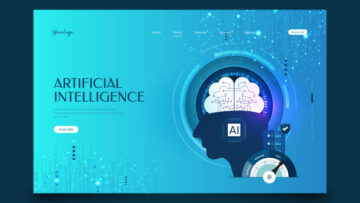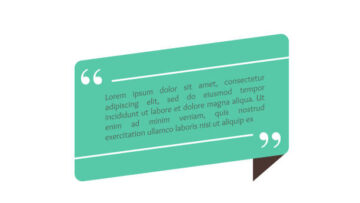Gartner’s Top Strategic Trends, from AI Trust to Metaverse, focus on optimizing and scaling new technologies.
Gartner, a research firm, releases an annual list of the ten most important technology trends it believes will be the biggest in the coming year. I am always curious about what Gartner thinks managers and CIOs should focus on.
Frances Karamouzis is a Gartner Vice President and Distinguished Analyst. She said this year’s themes are built around three themes: Optimize to improve resilience, operations or trust, Scale vertical products and solutions, and Pioneer by embracing new forms of engagement to accelerate response or opportunity.
Looking at the many challenges organizations face today, she said, “Uncertainty is an opportunity,” and she urged senior IT executives “to make innovation mandatory.”
Digital Immune System
CIOs can optimize resilience by creating a digital immune system. She stated that 76% of digital teams are in charge of revenue and need to be able to guarantee reliability and scalability. She gave examples of how American Airlines handled complexity growth, increased operational resilience and scalability, and how Banco Itau automates its incident resolution system.
Applied Observability
She said that to optimize operations, organizations should focus their efforts on observability, which includes raw data, analytics, and data-driven decision-making. She said this trend was about clarity and not creativity. For example, Tesla in Texas offers insurance based on actions, not predictions. Klaveness Ship Management reduced operating costs using a dashboard tracking various measurements.
AI TRiSM
Karamouzis spoke about the importance of TRiSM (AI Trust, Risk, and Security Management) to optimize trust in AI. Gartner found that 41% had experienced an AI security or privacy breach.
She stated that only half of AI models are ever used in production due to trust, explainability, or ethics (security/privacy) issues. She said that it is important to include these issues in model development.
Industry Cloud Platforms
She said enterprises want to shift cloud discussions away from technology and focus on business value. This will require moving to industry-specific cloud platforms that combine Software as a Service (SaaS), Platform as a Service (PaaS), infrastructure features, and Software as a Service (PaaS) to enable organizations to create unique applications tailored to a specific industry. Gartner estimates that over half of all enterprises will use industry cloud platforms by 2027.
She gave examples such as Intermountain Healthcare which is creating a platform for healthcare, and Goldman Sachs which has partnered with AWS to create “a Financial Cloud for Data.”
Platform Engineering
Karamouzis says that organizations should concentrate on platform engineering to scale delivery. She explained that developers struggle to respond quickly to business requirements due to complex architectures, hybrid technology, and a lack of skills. She suggested that organizations focus on reusability to accelerate deployment with reusable components and a portal for self-service. Gartner estimates that by 2026, 80% of software development organizations will have dedicated platform engineering teams. 75% of these will also include developer self-service portals.
Adidas, for example, has created a platform to standardize activities.
Wireless-Value Realization
She said that you must track all kinds of devices to scale anywhere, from end-user computing to digital product tags. No single network technology will be able to meet all of these needs, so companies will have to support multiple technologies, from office wireless networks to LTE and RFID. Gartner estimates that 60% of businesses will use five or more wireless technologies simultaneously by 2025.
She stated that CIOs must prepare their networks to provide more information and become a direct business value source. She said that it’s not only about connectivity but also about extending the endpoints to provide value.
She gave examples such as Israel retailer Shufersal which tags fruits from farm to retail store using low-energy tracking, and specialty chemical company Albemarle which deploys connectivity via a private LTE and 5G.
Superapps
Karamouzis spoke about “super apps,” which combine an app, a platform, and an ecosystem into a single application. Third parties can then develop “mini apps” on top. This results in a digital experience integrated into a single app, similar to the Chinese apps WeChat or AliPay. She stated that 15 super apps already have over 2.6 billion users. However, there are opportunities for other developers to create such apps.
PayPay, a payment system in Japan with 50 million users, and Tata Neu, a shopping platform in India that offers everything from health checks to plane tickets, are two examples.
Adaptive AI
Karamouzis stated that AI is a problem in today’s business because of the changing environment, limited training, and generalized results. She spoke about the importance of adaptive systems, which use real-time data to continually retrain AI models based on new data. She stated that companies that adopt adaptive AI could operationalize AI models 25 percent faster than their competitors.
She cited the US Army as an example, which uses AI-driven combat to improve learning by 40%. Another is UK startup Luffy, which focuses on a temperature control solution that responds to the edge for developing and producing hybrid materials.
Metaverse
She said organizations should build Metaverse applications to exploit the pioneering opportunity. She said that today, it is mainly about building a good reputation regarding innovation. Organizations use Metaverse for many things, including customer service and brand influence. It also created events, retail spaces, and even event spaces. Gartner estimates that, by 2027, over 40% of large companies will be using a combination of Web3, AR, and cloud in metaverse projects to increase revenue. Karamouzis said that organizations should now invest in technology to help move this forward.
She gave examples such as JP Morgan Chase, which created Decentraland, the first metaverse-based bank, and Siemens, which worked with Nvidia on an “industrial metaverse” based on IoT and digital twins to reduce the cost of designing.
Sustainability Technology
Sustainability technology is the glue that binds all of this together. She said we must consider the impact of every technology we use. According to a recent Gartner CEO survey, environmental and social responsibility has become the third-most important priority after profitability and revenue.
She said, in a similar vein to the opening keynote speech, that sustainable technologies offer a “2-for-1” opportunity with the potential to improve both profitability and sustainability.




